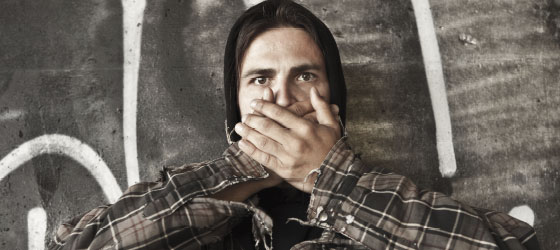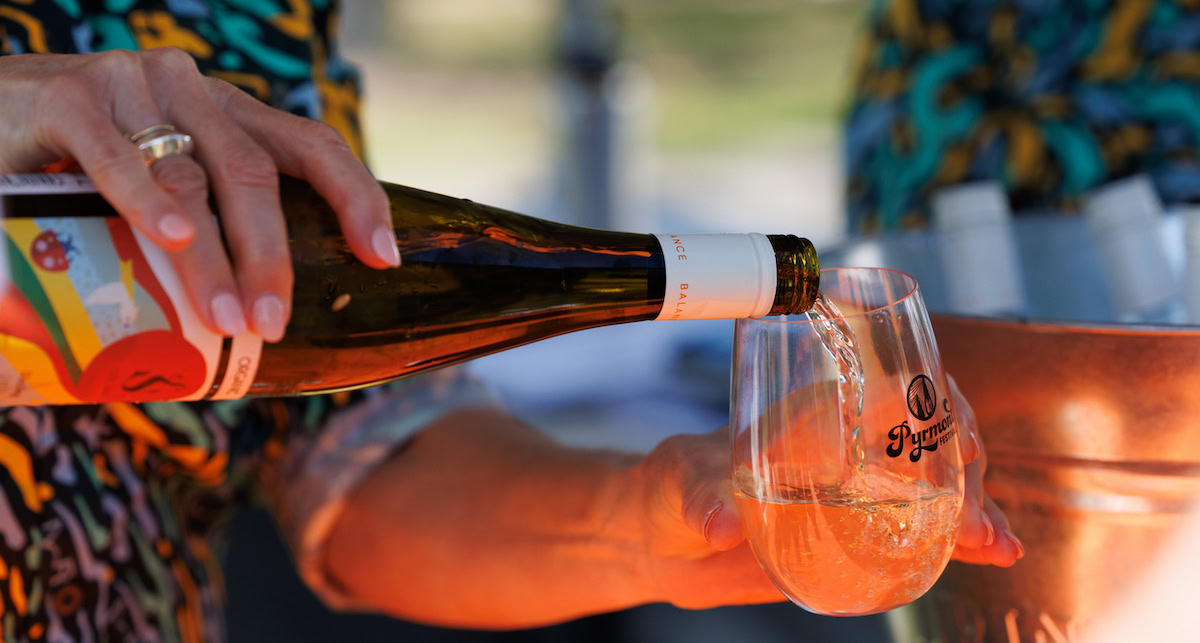
The problem with the stigma around ‘ice’

WHEN Thomas* first moved from the UK to Australia 15 years ago, he made the switch from his drug of choice cocaine to methamphetamine as it was more readily available here.
“It was a bad mistake,” he says.
At first he would do it once a month, but after his mother died, the frequency started to increase to every fortnight and then once a week.
“I pulled back from that because I could see what it was doing. Amazingly I continued to hold down a good job – there was a survival instinct in me that said ‘you’ll lose everything’,” he remembers.
But it wasn’t until after he met his partner of 8 years that he decided to get help.
At first, Thomas successfully hid it from his partner. But when he started to have problems with his family and his meth use started to creep up again, he decided it was time to reach out for help.
“I said to myself ‘it has become too big a part of my life’, I went into ACON and met a counsellor for the first time,” he says.
“I remember bursting into tears and collapsing into a heap.”
HIV and LGBTI health organisation ACON provides an LGBTI-specific drug and counselling service. Ninety per cent of its Substance Support Service clients are gay men, and 80 per cent of its client’s primary substance of use is methamphetamine.
ACON Community Care manager Sarah Lambert says the clients are primarily coming in to manage their use to avoid going down the path that it significantly affects their lives.
“What our counsellors do is talk about harm reduction, but they also talk about what are some of the warning signs that your use is getting out of control,” she says.
“Clients, knowing that we are an LGBTI service, don’t have to explain their sexuality or the context of their drug use
“Things like having to explain their sexual preferences, who their family is, how they use the substance, the environment in which they use it, their sexual practice – they don’t have to spend time educating the counsellor instead of getting the help they need.”
Lambert says the stigma around ice and negative media campaigns play a huge role in stopping people from seeking support.
Dr Nadine Ezard, Clinical Director of the Alcohol and Drug Service at St Vincent’s Hospital, agrees that the imagery the general public are presented with by the media of “scary, scabby psychotic” ice addicts means people are less likely to disclose their use and are less likely to come forward for treatment.
“When people come to us, they say they don’t recognise themselves in that,” Dr Ezard says.
“It is preventing people from coming forward.”
The rates of substance use is higher among the LGBTI community than the general population, and the majority of people are using crystal less than once a month.
“Only a small proportion of people are running into problems,” Dr Ezard says.
“What we hope to do is encourage people to come forward to talk to professionals before they run into problems.”
Some of the red flags people who use meth might notice are: transitioning from smoking to injecting; having to use ice to go to work; or fighting with people around them.
Other warning signs could be “using drugs or alcohol in ways you didn’t before, doing things during sex you wouldn’t usually do when you’re sober,” Dr Ezard says.
Although ice is often seen as just a gay man’s drug, Dr Ezard says it is being used across the board by women and trans people too.
“The interesting thing is when you ask about the reasons for using, women tend to use crystal for productivity,” she says.
“Their stories are more about productivity but for men is more about pleasure and desire.”
Dr Adam Bourne, Assistant Professor at the London School of Hygiene and Tropical Medicine, says the UK watched for over a decade as ice took hold in Australia and the US, wondering when it would arrive on their shores.
In 2011/2012, the first signs that it was becoming an issue started to appear.
“The proportion of men using crystal meth is still very low – compared to other substances – but it’s clearly causing problems for some guys who are struggling to use it safely, or are finding it hard to moderate their use,” he says.
“Typically health professionals and drug counsellors [in the UK] don’t try to tell people to stop using drugs, but rather they try to work with them to reduce the harms associated with drug use if they choose to do so.
“Other countries in the world take a very different approach and base their drug response entirely on trying to prevent their use in the first place. This isn’t a very realistic strategy. Throughout human history people have used drugs – we need to accept that and find ways to limit any negative impact wherever possible.”
He also agrees that the stigma around crystal meth use makes it much harder for people to come forward and seek help.
“Shaming people because of the way they behave can make them feel more isolated or vulnerable, which may in fact lead them to use more drugs in order to try and escape those feelings,” Dr Bourne says.
“It’s really important we don’t sensationalise the issue, or demonise those guys who do engage in chem sex as this will only serve to increase stigma and make it harder for them to access help when they need it.”
Lambert says the majority of clients presenting to ACON are seeking support to help manage their use of meth before it becomes an issue. “Most of our community is proactive and seek out help and are usually well informed about their use – they’re quite savvy. To be honest, alcohol is a drug of greater concern.”
Dr Ezard agrees that alcohol is a bigger problem in society, and the hype around methamphetamine is out of proportion. “It has the negative effect of demonising the people using the drug…it stops people coming forward for treatment,” she says.
* Thomas’ name has been changed to protect his identity.









